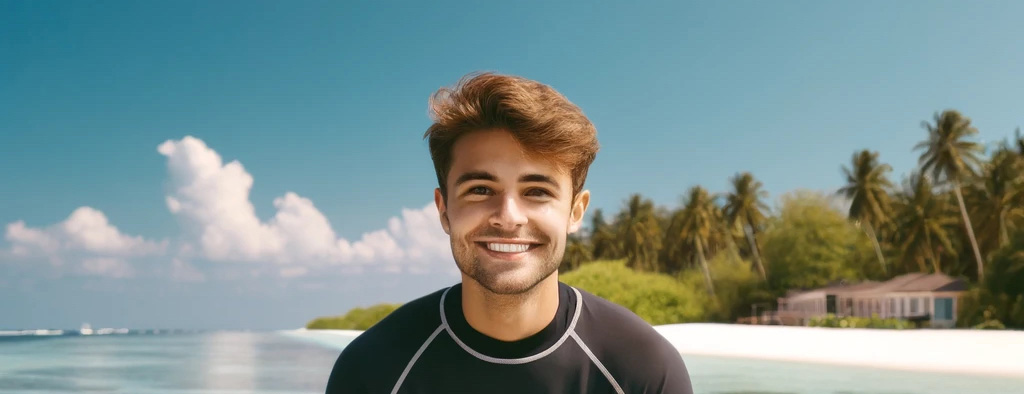
The Starfish, Echinaster sepositus is very common in the Mediterranean Sea. It is one of the most popular starfish to divers in that region because of its beautiful bright red color. Though, it only appears bright red if it is illuminated by an artificial light source while it is under water, or if it is on the surface, which should be avoided. Underwater, at a depth of ten feet/three meters or more, this wonderful creature will appear a dull brown color. This is because specific colors are expressed at specific wavelengths in white light’s color band and these wavelengths are absorbed by water at certain depths. Red is the first color to be absorbed in shallower water, then as the depth increases, orange, yellow, green, blue, indigo until finally, at very deep depths, everything — rocks, sea and plant life, appear violet, which dulls to black as depth continues to increase.
As you learned during your open water diver course, you need to reintroduce light, via an under water light source, to restore the often brilliant colors that appear under water during a daytime dive. Even so, many divers fail to bring an under water light with them on their dives and miss the true colors expressed by the under water world. During a night dive, an underwater light, also called a flashlight, is a necessary piece of equipment. In fact, you will need to carry two lights, a primary light and a backup.
Understanding how vision works underwater will help you understand the interaction between light, color and the eyes. This knowledge will help your appreciation for the underwater world and add enjoyment to all of your dives.